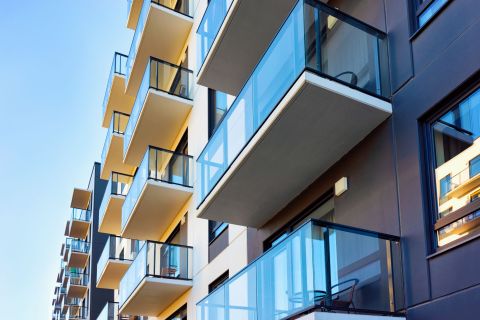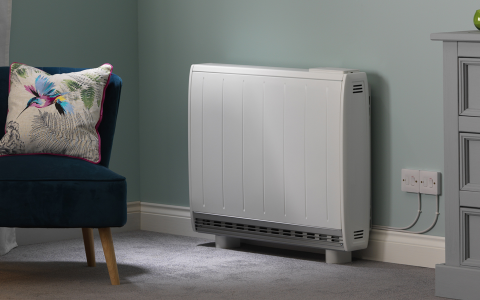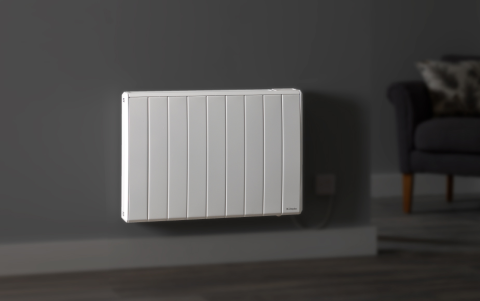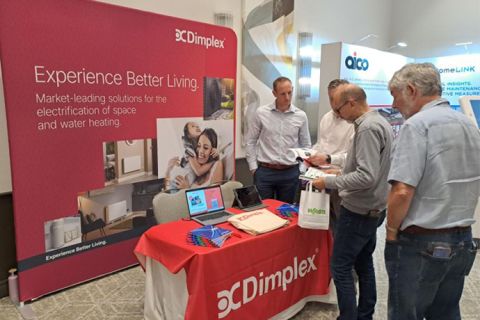Building Regulations in England & Parts L, F and O
With the transitional period now over, the updated 2022 Building Regulations Part L, Part F, and the new Part O, became legally enforceable for all new residential projects.
This is the biggest regulatory change the construction sector has seen in the last 40 years and a stepping stone in our transition away from fossil fuel systems toward decarbonised homes and the electrification of heat - and ultimately, the Future Homes Standard. This shift will impact the way we design buildings and specify technologies.
Have you decided which technologies to specify to achieve compliance for your next residential project?
The new English Building Regulations came into law on the 15th of June 2021. For projects with existing planning permission there is one year transitional arrangements period that applies on plot-by plot basis.
The updated Part L outlines the four compliance metrics for new developments: primary energy target, carbon emissions target, fabric energy efficiency target, and minimum standards for building fabric and building services.
The ventilation system choice under the updated Part F is linked to aritightness as we look to increase indoor air quality. New Part O offers modelling to help mitigate the risk of overheating in buildings.
We designed a simple guide to the changes to Part L and Part F, and the new Part O, and discuss what they may mean for your project.
Our range of HVAC solutions aim to provide future proof technologies to building projects over various sectors.
Request our presentation on Building Regulation changes that answer the most frequently asked questions.
Latest News
Our news section cover building regulations, what the changes to Part L, F, and the new Part of O entail, and what this means for HVAC specification.

Achieving updated Part L compliance with hot water heat pump solutions in large apartment developments
In this blog, we look at how specifying hot water heat pumps and direct acting panel heaters for large apartment developments can help achieve compliance with the updated Part L 2021. We also look at how the solution can put developers on the right path to addressing ventilation and overheating requirements.

Overcoming overheating in large urban developments with hot water heat pump solutions
A recent report from the Climate Change Committee highlights the increasing risk of overheating in the UK building stock as the effects of climate change continue to increase.
The building regulations recognise the importance of taking steps to mitigate the effects of overheating and introduced a new Approved Document called Part O.
In this blog we look at the important role that HVAC solutions can play in reducing overheating and explain why selecting hot water heat pumps is so effective in large urban developments.

Hot water heat pump solutions and SAP10.2 modelling
In this blog we look at the changes in SAP 10.2 that are encouraging the use of electric HVAC solutions such as hot water heat pumps. Fossil fuels are gradually being phased out and we explore the ways in which SAP 10.2 addresses the need to move away from the traditional gas boiler towards more sustainable, low-carbon alternative solutions.











